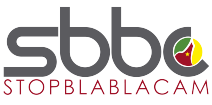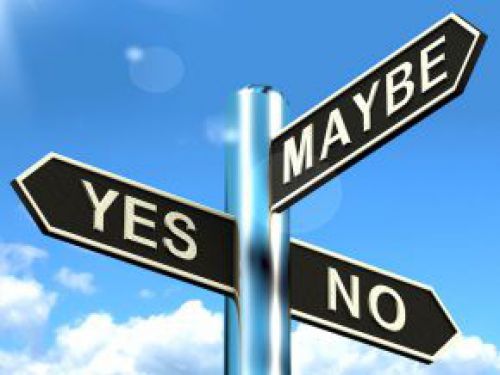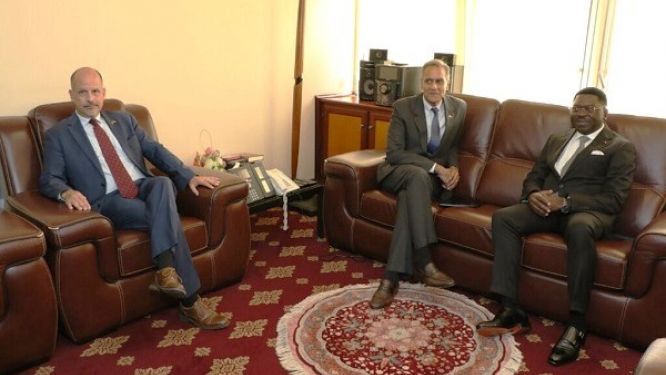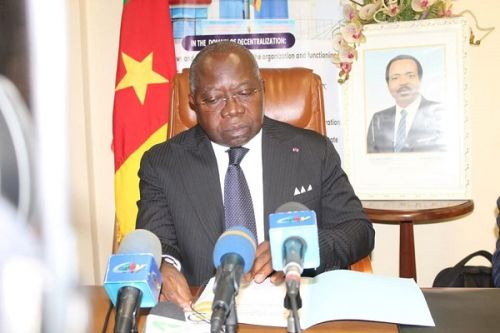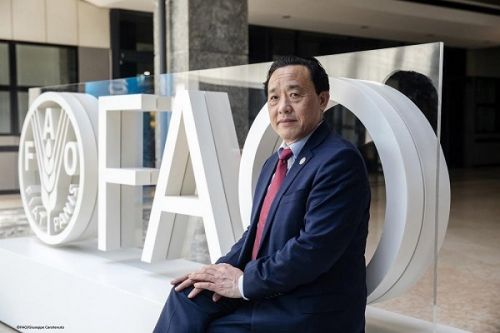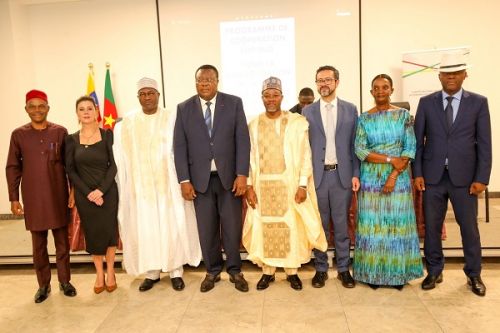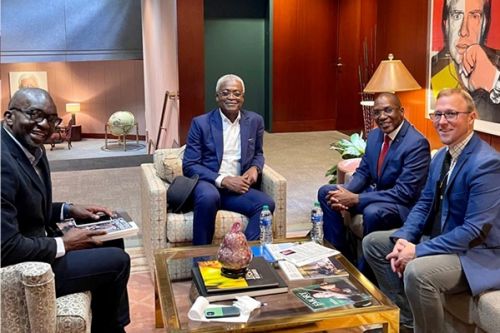With demands for secession all the rage in the two English-speaking regions of Cameroon (which has 10 regions) since 11 October 2016, an old legend has resurfaced. Being that Cameroonians in the Western area of the country under English-speaking administration voted unknowingly for the option to unite with Eastern Cameroon managed by the French-speaking administration during the 20 May 1972 referendum, because the proposals on the ballot paper to be cast were all written in French only.
Still according to this legend, the voters were only allowed, on the election day, access to one unique ballot paper where it was proposed to choose between “Yes” and “Oui”. In other words, they were asked to choose between “yes” and “yes”. Through this cunning ruse attributed to the first President of the Republic Ahmadou Ahidjo (5 May 1960 – 4 November 1982), the Anglophones voted for the “United Republic of Cameroon” without realising it.
But the truth is completely different. Through investigations, the proposals which were submitted to the attention of the voters on this famous 20 May 1972 were recovered. The first option is in French: “Approuvez-vous dans le but de consolider l’unité nationale et d’accélérer le développement économique, social et culturel de la nation, le projet de constitution soumis au peuple camerounais par le président de la République fédérale du Cameroun et instituant une République, une et indivisible, sous la dénomination de République unie du Cameroun ?”.
The second proposal on the same ballot paper is indeed a translation from French to English or vice-versa. We can read on the document: “Do you approve, with a view to consolidating national unity and accelerating the economic, social and cultural development of the Nation, the draft Constitution submitted to the People of Cameroon by the President of the Federal Republic of Cameroon and instituting a Republic one and indivisible to be styled the United Republic of Cameroon”.
Regarding the number of ballot papers, well-known historian and University professor, Daniel Abwa, indicates that there were two of them: one with “Oui-Yes” and another with “Non-No”. Moreover, when going through the archives, one can find an order issued by the Minister of Regional Administration, Victor Ayissi Mvodo, “setting the format and colours of the ballot papers and the election posters for the 20 May 1972 constitutional referendum”. It was signed on 8 May 1972. And it talks about ballot papers, in plural.
Article 1 of this decree firstly states that, “the maximum format for the ballot papers is 11x16”. Secondly, “The colours of these ballots are as follows: - for the yes vote: a double-sided white ballot. For the no vote: a double-sided dark grey ballot, with writings in black and bold on one side”.
At the end of the referendum, out of a total of 3,179,634 voters, the “Yes” won with 3,177,846 votes (99.99%). The “No” garnered 176 votes (0.01%). There were 1,612 blank ballots. 20 May then became the national holiday in tribute to this referendum.
Sylvain Andzongo
